Open-flow respirometry is a commonly used method for measuring bioenergy metabolism. It has long been favored by scientists in the fields of animal physiology and biomedicine in the world.
The American Sable Systems International brand represented by Beijing Yiketai Ecological Technology Co., Ltd. is a professional animal energy metabolism measurement technology company in the world. Its products are applied to many special breathing patterns of wild animals and various high performance, high resolution and other performances. Biological animals such as experimental animals and economic animals, such as insects with intermittent breathing, diving animals with explosive breathing, wild and experimental animals with specific behavioral metabolism, etc., and a large number of research literatures, experimental methods, and cases for reference.

In this case, the animal energy measurement technology was introduced in the case of the study of hummingbirds, snakes and lizards by the University of George Fox University's well-known animal energy laboratory Powers Research Lab ~ Studies in Animal Energetics (http://). This includes the selection of different SSI respiratory metabolic monitoring modules for different research animals, as well as the production of special breathing rooms.
The hummingbird is the smallest bird in the world. It weighs less than 2 grams and can hover in the air by quickly flapping its wings. It is also the only bird that can fly backwards. In order to maintain daily activities such as speed flight, up and down flight, high-speed dive, the energy consumption and food utilization efficiency of hummingbirds are very amazing.
As an authority on animal energy research, especially hummingbird metabolism research, dpowerslab Lab has purchased different SSI animal respiratory metabolic monitoring systems to meet the needs of different animal research, such as FOXBOX-C portable gas analyzer, which can be directly brought to the field. Measuring animal metabolic rate; Field Metabolic Systems portable animal metabolic instrument for monitoring animal energy metabolism and water metabolism; SSI modular animal respiratory metabolism measurement system, depending on the research purpose, select different differential oxygen analyzers, high sensitivity and resolution A module such as a temperature detector that studies the energy consumption of animals in different behavioral states. The flexibility of the breathing chamber allows SSI portable, modular metabolic measurement systems to study energetic studies from single fruit flies to large whales.
The following is a photo display of the SSI portable and modular animal metabolic measurement system used by the dpowerslab laboratory for hummingbirds, snakes and lizards:
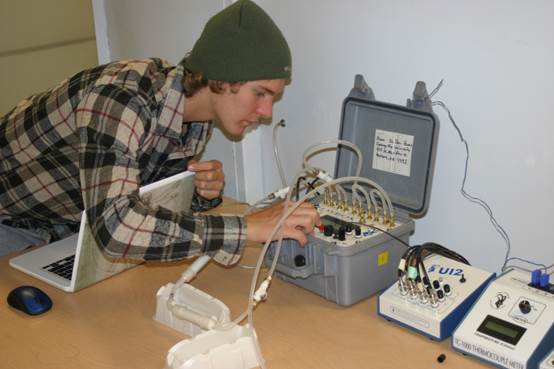
FOXBOX-C Portable Gas Analyzer (Researcher: Luke Andrew)
Study of free-living bird hovering metabolic rate using real-time metabolic monitor
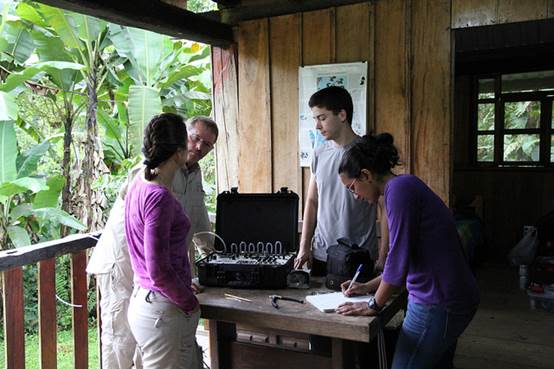
FMS portable metabolic measurement, an upgraded version of FOXBOX for animal energy input and water metabolism monitoring
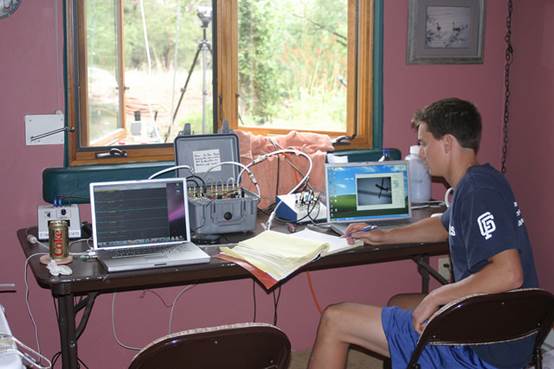
Behavior and energy consumption of high-speed diving of hummingbirds
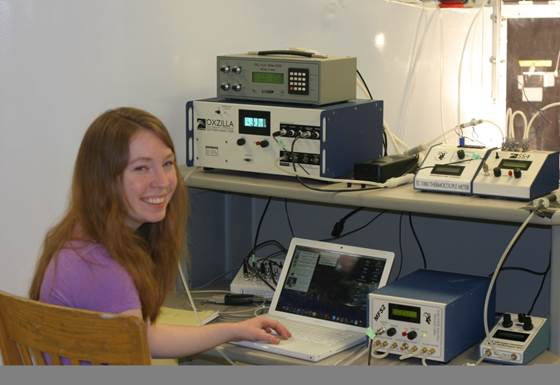
The highest level of metabolic monitoring analyzer in dpowerslab laboratory (person in charge: Kyle Maki)
The dpowerslab laboratory is equipped with this system to study the effect of unknown airflow on the hovering energy of the hummingbird
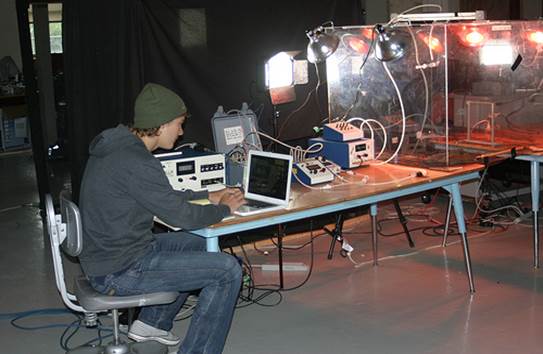
Dpowerslab Laboratory Animal Metabolism Monitoring System (researcher: Luke Andrew )
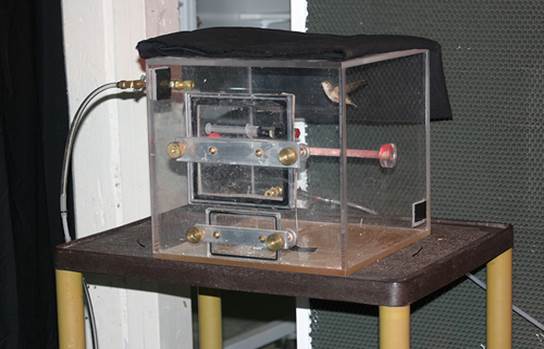
Customized Hummingbird Breathing Room
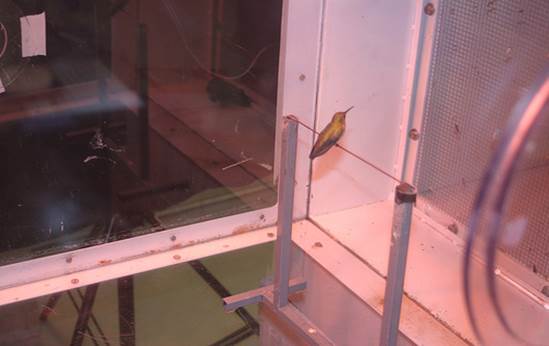
Hummingbird in the breathing room
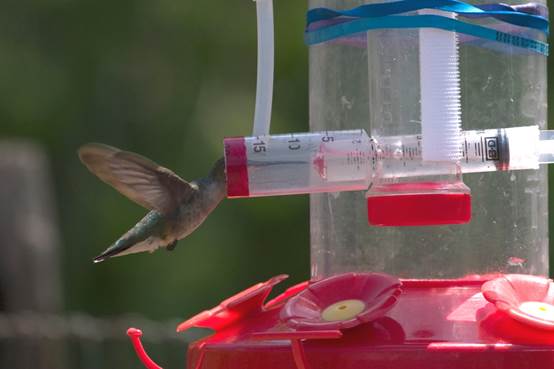
Hummingbird hovering in the air in the breathing room
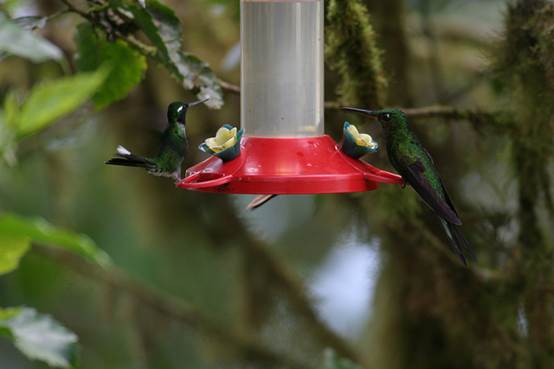
Syrup and honey in a hummingbird feeder (climate change and honey, hummingbird nectar metabolism research)
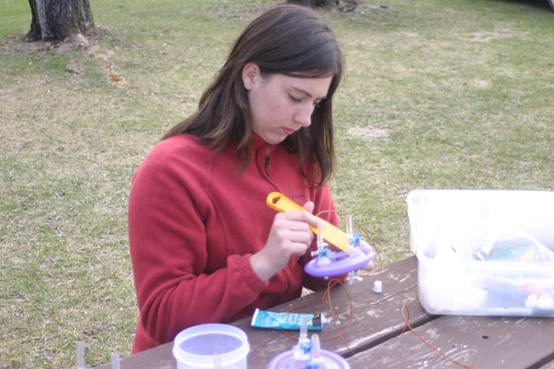
Dpowerslab researchers are working on a snake metabolic monitoring breathing chamber (researcher: Paige Copenhaver )
It should be noted that the Sable Systems International animal respiratory metabolism monitoring system is the most commonly used instrument for animal energy metabolism research in the world, and is also the product recommended by the international animal physiology authoritative experts.
If you are interested in measuring the energy metabolism technology of a particular species, please call Beijing Yiketai Ecological Technology Co., Ltd. 010-82611572, we will be happy to customize the best solution for your scientific research.
Some references in 2015 :
Baldo MB, Antenucci CD, Luna F. Effect of ambient temperature on evaporative water loss in the subterranean rodent Ctenomys talarum [J]. Journal of thermal biology, 2015, 53: 113-118.
Carey CS, Boyles J G. Interruption to cutaneous gas exchange is not a likely mechanism of WNS-associated death in bats [J]. The Journal of experimental biology, 2015: jeb. 118950.
Cortés PA, Petit M, Lewden A, et al. Individual inconsistencies in basal and summit metabolic rate highlight flexibility of metabolic performance in a wintering passerine[J]. Journal of Experimental Zoology Part A: Ecological Genetics and Physiology, 2015, 323(3 ): 179-190.
DeMambro VE, Le PT, Guntur AR, et al. Igfbp2 deletion in ovariectomized mice enhances energy expenditure but accelerates bone loss[J]. Endocrinology, 2015, 156(11): 4129-4140.
Friesen CR, Powers DR, Copenhaver PE, et al. Size dependence in non-sperm ejaculate production is reflected in daily energy expenditure and resting metabolic rate[J]. The Journal of experimental biology, 2015, 218(9): 1410-1418 .
Gavrilov V M. The stoichiometric approach in determining total evaporative water loss and the relationship between evaporative and non-evaporative heat loss in two resting bird species: passerine and non-passerine [J]. Avian Research, 2015, 6(1): 1 .
Goundie ET, Rosen DAS, Trites A W. Low prey abundance leads to less efficient foraging behavior in Steller sea lions [J]. Journal of Experimental Marine Biology and Ecology, 2015, 470: 70-77.
Levin E, Plotnik B, Amichai E, et al. Subtropical mouse-tailed bats use geothermally heated caves for winter hibernation[J]. Proceedings of the Royal Society of London B: Biological Sciences, 2015, 282(1804): 20142781.
Londoño GA, Chappell MA, Castañeda MR, et al. Basal metabolism in tropical birds: latitude, altitude, and the 'pace of life' [J]. Functional Ecology, 2015, 29(3): 338-346.
Mathot KJ, Nicolaus M, Arayaâ€Ajoy YG, et al. Does metabolic rate predict riskâ€taking behaviour? A field experiment in a wild passerine bird[J]. Functional Ecology, 2015, 29(2): 239-249.
Motyl KJ, DeMambro VE, Barlow D, et al. Propranolol attenuates risperidone-induced trabecular bone loss in female mice [J]. Endocrinology, 2015: en. 2015-1099.
Powers DR, Getsinger PW, Tobalske BW, et al. Respiratory evaporative water loss during hovering and forward flight in hummingbirds [J]. Comparative Biochemistry and Physiology Part A: Molecular & Integrative Physiology, 2012, 161(2): 279-285.
Schaeffer PJ, Komer MC, Corder K R. Energy savings due to the use of shallow body temperature reduction in overwintering Northern Cardinals [J]. Animal Biotelemetry, 2015, 3(1): 1.
Shipley JR, Gu DY, Salzman TC, et al. Heterothermic flexibility allows energetic savings in a small tropical swift: The Silver-rumped Spinetail (Rhaphidura leucopygialis) [J]. The Auk, 2015, 132(3): 697-703.
Stawski C, Koteja P, Sadowska ET, et al. Selection for high activity-related aerobic metabolism does not alter the capacity of non-shivering thermogenesis in bank voles [J]. Comparative Biochemistry and Physiology Part A: Molecular & Integrative Physiology, 2015 , 180: 51-56.
Stuber EF, Mathot KJ, Kempenaers B, et al. Sex-specific association between sleep and basal metabolic rate in great tits [J]. Animal Behaviour, 2015, 109: 15-22.
Thienel M, Canals M, Bozinovic F, et al. The effects of temperature on the gas exchange cycle in Agathemera crassa [J]. Comparative Biochemistry and Physiology Part A: Molecular & Integrative Physiology, 2015, 183: 126-130.
Thompson LJ, Brown M, Downs C T. Seasonal metabolic variation over two years in an Afrotropical passerine bird [J]. Journal of Thermal Biology, 2015.
Thompson LJ, Brown M, Downs C T. The effects of long-term captivity on the metabolic parameters of a small Afrotropical bird [J]. Journal of Comparative Physiology B, 2015, 185(3): 343-354.
Trangmar SJ, Chiesa ST, Llodio I, et al. Dehydration accelerates reductions in cerebral blood flow during prolonged exercise in the heat without compromising brain metabolism[J]. American Journal of Physiology-Heart and Circulatory Physiology, 2015, 309(9): H1598-H1607.
Welch KC, Otálora-Ardila A, Flores-MartÃnez J J. The cost of digestion in the fish-eating myotis (Myotis vivesi) [J]. The Journal of experimental biology, 2015, 218(8): 1180-1187.
Williams TM, Fuiman LA, Davis R W. Locomotion and the Cost of Hunting in Large, Stealthy Marine Carnivores [J]. Integrative and comparative biology, 2015: icv025.
Wolf B, Gilman C. The Burden of Reproduction in Lizards: Changes in Respiratory Physiology Associated with Reduced Lung Volume at the Sevilleta National Wildlife Refuge [J]. 2015.
nasal swab,Flocked nasal swab for virus collection,Sterile flocked nasal swab, Medical Nasal Swab,Aseptic collection of nasal swabs
Jiangsu HXRT MD Co.,Ltd , https://www.jshxrtmed.com